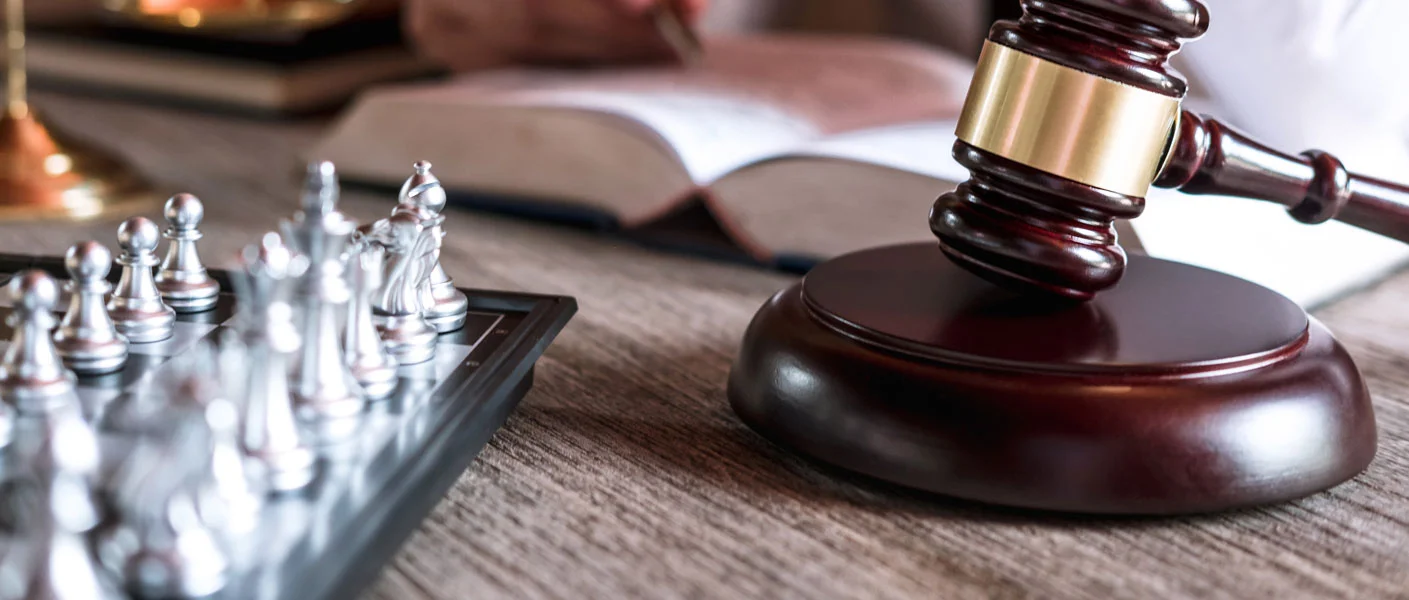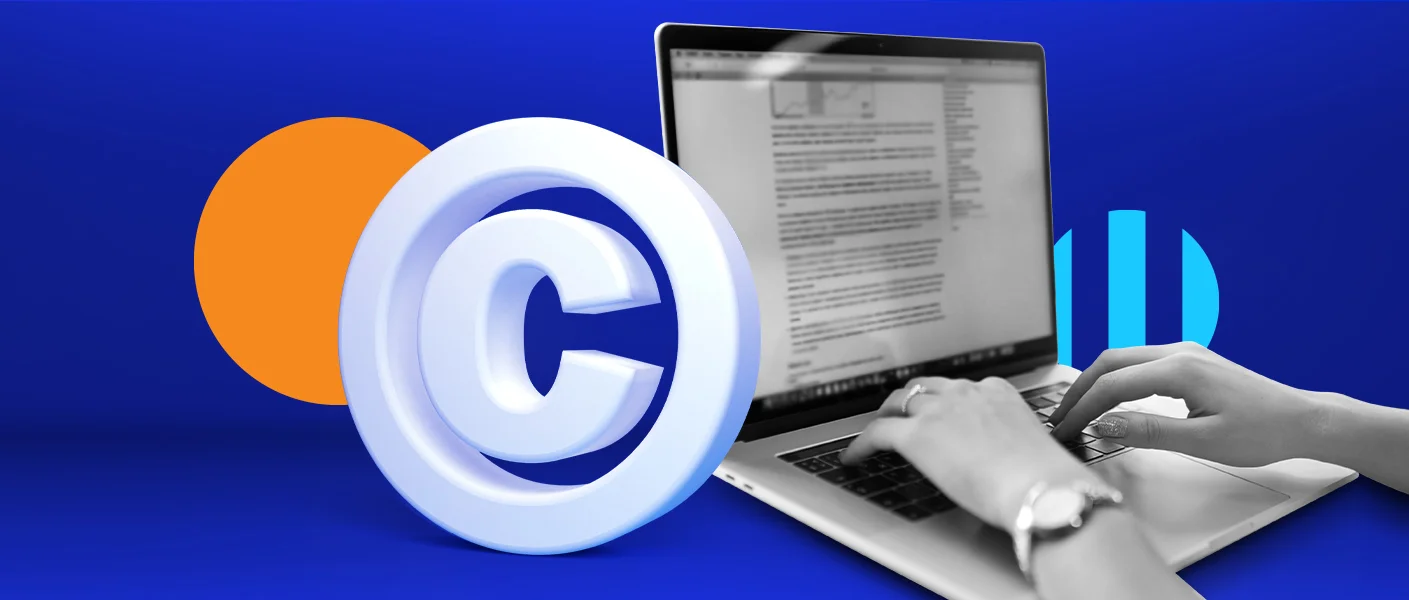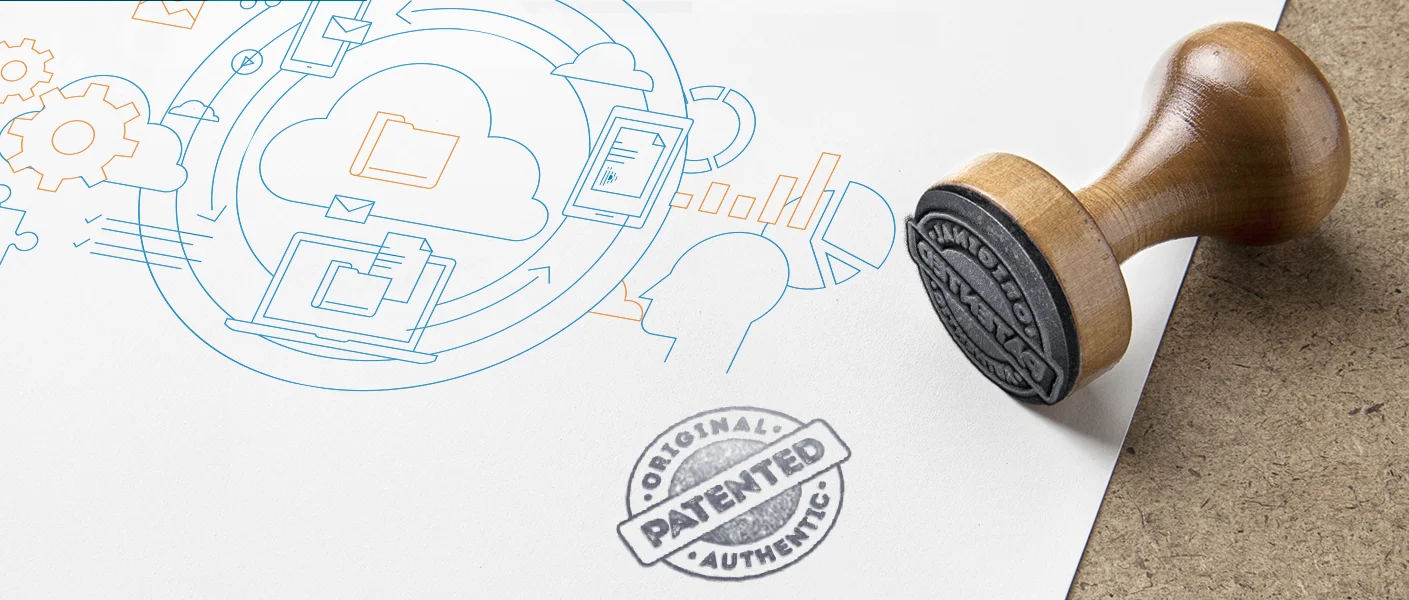Things you should know about medical device patents
April 22, 2022 By Shruti NairModern medical technology is continuously helping in improved treatment, getting better diagnostics and also becoming instruments for self-help for people looking to treat themselves at home. The medical device market has seen significant growth during the pandemic because many people chose home healthcare to treat themselves from the comfort of their homes. According to the report of the Indian Brand Equity Foundation, the market of medical devices in India is expected to grow at $50 billion by 2025.
The efforts of medical device manufacturers and technology designers are concentrated on developing innovative products that can make the lives of both patients and healthcare professionals easy-going. As much as the innovators of the medical device take pride in their innovation, their duty towards protecting their innovation is a priority because the highly lucrative market of medical devices is also a highly competitive market. The role of the medical device patent attorney is crucial here in protecting the invention in a lawful manner.
Here’s a swift guide about the medical device patent process. Let’s understand the types of medical device patents first on the way.
Product Patent
Having a product patent for your medical device can give you the benefit of high level of monopoly rights and maximize the competition. A product patent offers the inventor higher protection for his product. If the product is patented under the product patent, it also prevents other manufacturers from using the similar process as yours to manufacture the same product.
Process Patent
A process patent is given to a particular process used in manufacturing a medical device but not the device itself. A process patent provides only limited protection because it cannot prevent others from using a different process to manufacture the same product. This type of patent cannot guarantee that your device will not be copied by other medical device manufacturers.
When you go to a patent law firm, typically they will help you get through all the steps of the medical device patent process strategically. But, before jumping into the whole process, think through some of the points carefully.
- Is the idea of your device completely original? In the eyes and mind of the law, your device should be new, unique and useful.
- Is it distinct from what is already there in the market? There are many medical devices in the market. You need to study them beforehand.
- What type of Product or Process patent do you want to acquire? A patent attorney can guide you about this. But, as an innovator of your product, you know your product better than anyone else. You need to explain it to the attorney if you are seeking their guidance.
- Do you have the necessary resources for the patent application? The process of patent registration is time-consuming and involves a cost. You need to be prepared for your patent application by sorting such matters before the actual process.
The most important sections to refer to before patent application
Section 3 - This section Indian Patents Act lists inventions that are not patentable
In order to make the item patentable, it should have practical usefulness, it must be novel and innovative or non-obvious
Important sub-sections to be considered under section 3 of the Indian Patents Act before going for Medical Device Patents
Section 3(a)
An invention which is frivolous or which claims anything obviously contrary to well established natural laws
Section 3 (b)
An invention the primary or intended use or commercial exploitation of which could be contrary to public order or morality or which causes serious prejudice to human, animal or plant life or health or to the environment.
Section 3 (f)
The mere arrangement or re-arrangement or duplication of known devices each functioning independently of one another in a known way.
Section 3 (i)
Any process for the medicinal, surgical, curative, prophylactic 23 [diagnostic, therapeutic] or other treatment of human beings or any process for a similar treatment of animals to render them free of disease or to increase their economic value or that of their products.
Section 3 (k)
A mathematical or business method or a computer program per se or algorithms.
A patentee enjoys many rights under the Indian Patents act after the medical device is patented. Some of them are -
- The patentee has the exclusive rights to gain a commercial advantage out of his invention. No other person has the right to duplicate the idea of the patentee. Such a right can help the patentee get investments that boost his business.
- The patent right is given to the patentee for a period of time which is for 20 years. This enables the patentee to earn profits from the invention for a certain time.
- The patentee has the right to grant a licence or transfer the rights of the patent.
- The patentee has the right to prevent any third party from using, selling, importing, exporting or offering the patented product in the Indian territory.
- The patentee has the right to sue for patent infringement.
Along with the right, there are also obligations that are to be fulfilled by the person applying for the medical device patent. To understand them, consult an experienced patent firm that can help in understanding even the minutest details related to patents. Missing out on any point can turn the simple process of patent registration into a complex one. So do it right, make it tight.
Caption copy
Special rules are illustrated in the Indian Patents Act for medical device patents. Before you get involved in the process of medical device patent registration, know more about it in our latest blog.





